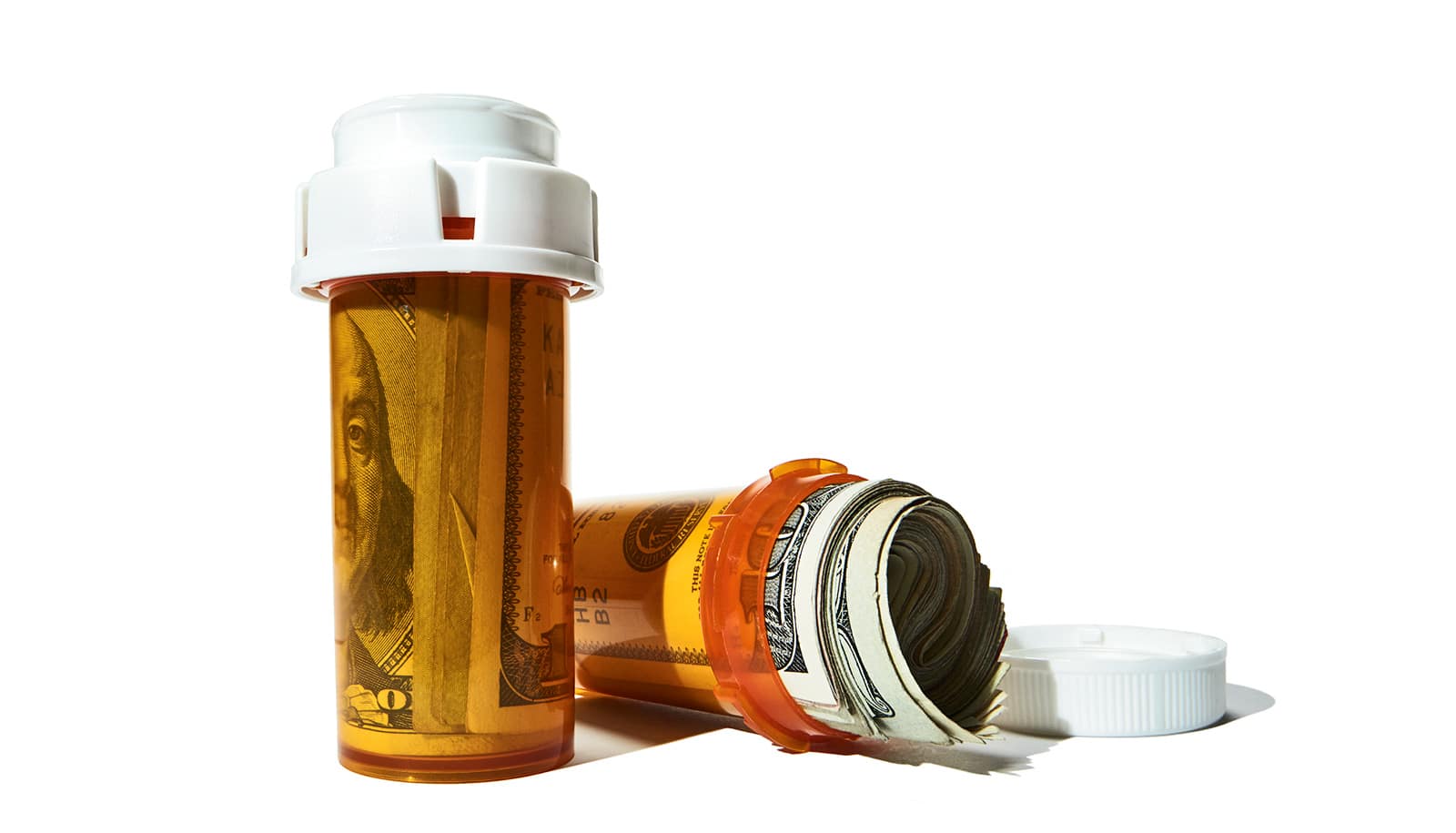Selling access to rewards programs that offer cash for meeting weight loss goals may incentivize program participants to lose more weight, new research suggests.
The work has implications for insurance companies and employers looking for low-cost strategies to improve population health.
Eric Finkelstein, a professor at the Duke-NUS Medical School, used insights from behavioral economics to develop a rewards program aimed to address the disconnect between long-term health and short-term temptation. He then teamed up with Kwang Wei Tham from Singapore General Hospital (SGH) to test it out among overweight or obese adults.
In the randomized, eight-month-long, Singapore-based Trial on Incentives for Obesity (TRIO), 161 participants paid S$234 ($161 USD) to gain access to a 16-week intensive weight loss program.
The program required participants to attend weekly sessions at the Lifestyle Improvement and Fitness Enhancement (LIFE) Centre at SGH where they were taught skills to maintain a healthy lifestyle and encouraged to lose at least 5 percent of their body weight.
Participants also paid an additional S$165 ($119 USD) for the rewards program. Participants in this group could earn monthly rewards either in cash or as a lottery ticket with a one in 10 chance of winning 10 times the cash amount if they met monthly weight loss and step goals. Additional rewards were offered for meeting 5 percent or 8 percent weight loss goals at months four and eight.
The maximum possible reward value over the eight-month period was S$660 ($477 USD) if all weight loss and step goals were met. Those randomized to the control arm had their money returned and were ineligible for rewards.
At the end of month four, weight loss was more than twice as great in the rewards arm compared with the control arm (average 3.4 kg versus 1.4 kg weight loss). At months eight and 12, weight loss remained greater (average 3.3 kg vs. 1.8 kg weight loss at month eight and 2.3 kg vs 0.8 kg weight loss at month 12).
Just a 5% weight loss can dramatically improve health
Moreover, more than three times as many rewards arm participants achieved 5 percent or greater weight loss at month four, relative to control arm participants (40 percent vs. 12 percent). At month four more than twice as many hit the 5 percent threshold (41 percent vs. 21 percent) and the percentage with 5 percent or greater weight loss was still greater at month 12 (28 percent vs. 17 percent).
The average payout to participants in the rewards arm was S$225.00 ($153 USD). After subtracting the fee to access the rewards, third party costs were S$60.00 per participant. Moreover, although only 42 percent of participants earned more than they paid in, ~80% reported satisfaction with the rewards scheme.
“Our findings not only show the value of rewards to increase weight loss and weight loss maintenance, but they show it can be done in a manner that minimizes third party payments, such as those by employers or insurers. This should help to expand access to these types of programs,” says Finkelstein.
The idea of losing money gets people to work out
“Even small amounts of weight loss, sustained over time, confer great health benefits and can help prevent chronic disease. This study shows that the enhancement and maintenance of weight loss is feasible through a rewards program with participant ownership, coupled with an evidence-based, medical weight loss program,” says Kwang Wei Tham, director of the LIFE Centre and senior consultant in the endocrinology department at SGH.
The study appears in the journal Social Science and Medicine. The NUS Initiative to Improve Health in Asia supported the research. The Global Asia Institute of the National University of Singapore and the Glaxo Smith Kline-Economic Development Board (Singapore) Trust Fund coordinated the work.
Source: National University of Singapore



